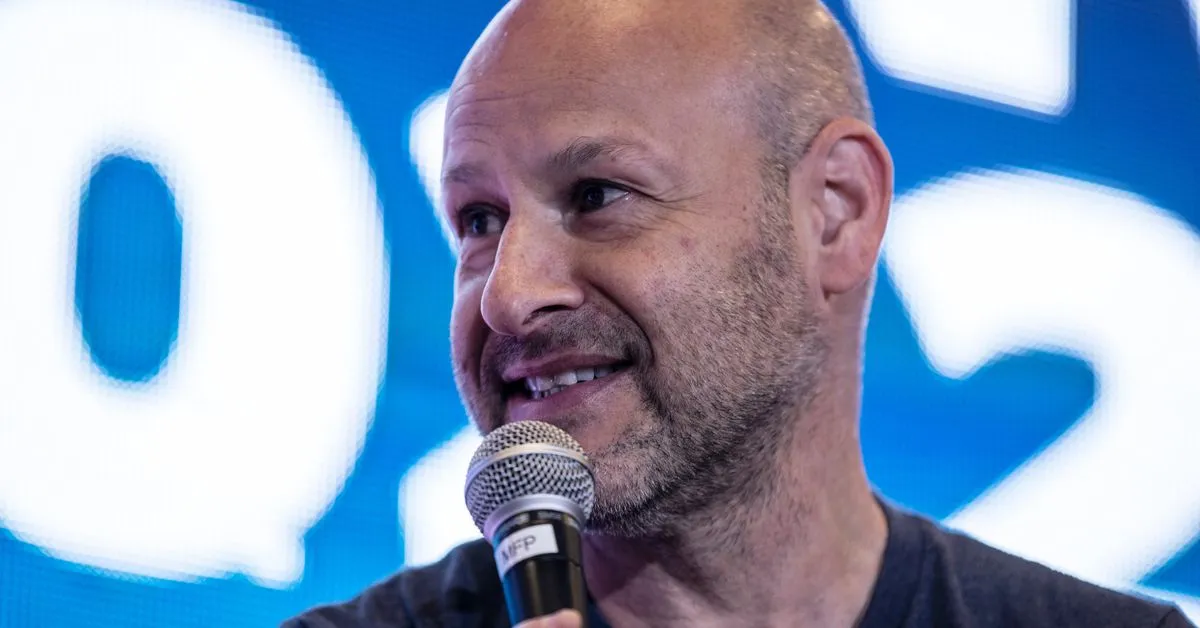This week, ConsenSys, the research and development firm behind the popular MetaMask crypto wallet, will roll out its layer-2 network, Lina, to the main Ethereum network. Lina is a zkEVM, meaning it relies on zero-knowledge (ZK) cryptography and is compatible with the Ethereum Virtual Machine (EVM) programming environment. Rollups are seen as a critical element of the Ethereum blockchain’s roadmap, as they offer users cheaper and faster transactions compared with the often-congested parent network. App developers will be able to deploy their projects to Lina’s alpha network on Friday, with the general public gaining access to it starting next week.
Because the gas prices on the layer 2 are 15 times less than on layer 1, many use cases become possible, said Nicolas Liochon, the global product lead for Lina. By moving over activities to layer 2, we basically are able to increase, by multiple orders of magnitude, the number of people that will be able to use the network. Lina joins a string of recent zkEVM projects vying to expand accessibility to Ethereum, the second-biggest blockchain by transaction volume.
Unlike some of its zkEVM competitors, ConsenSys opted to make its network bytecode-compatible with the EVM – a technical nuance that could theoretically make Lina easier to use with existing Ethereum developer tools. Over 5 million unique wallets have already transacted on Lina’s test network, which went live in March.
Zero-knowledge rollup technology is new and still advancing. As Lina enters its alpha launch, it will still have certain points of centralization in its system – which Liochon refers to as training wheels – as a way to protect users from unforeseen bugs and other hiccups. For now, ConsenSys will still be the only party allowed to submit zero-knowledge proofs to Lina’s smart contracts on Ethereum.
Lina’s launch comes after zkSync and Polygon, the first two zkEVM networks to launch on Ethereum’s mainnet, released software development kits (SDKs) allowing coders to clone their code to spin up their own rollup networks. ConsenSys says Lina will become fully open-source in the coming weeks, meaning developers will be able to freely use its code.
